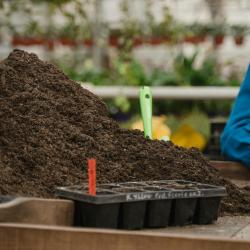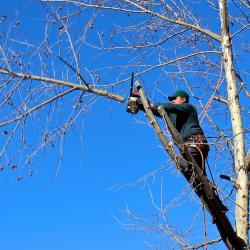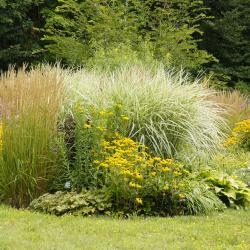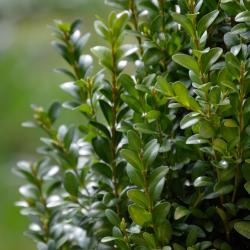How to Winterize Your Garden for a Stronger Spring
As the days get shorter and the temperatures begin to drop, it’s time to start thinking about how best to prepare your garden for winter. Properly winterizing your garden can help ensure it emerges in spring healthier and more vibrant than ever. Taking a few strategic steps now can make a significant difference in the long-term health and productivity of your garden. Here’s how to get started.
1. Clean Up the Garden Bed
Begin by removing any dead or diseased plants from your garden beds. This is crucial because pests and fungi can overwinter in decaying plant material, which may lead to problems in the spring. Be thorough in your clean-up efforts to minimize any pest and disease pressure next year. Compost healthy plant material and dispose of any diseased plant matter to safeguard your garden’s health.
2. Tend to the Soil
Healthy soil is the foundation of a thriving garden. Fall is an excellent time to conduct a soil test to determine pH and nutrient levels. Based on the results, amend your soil with any necessary nutrients, such as lime or sulfur to adjust pH, or add organic matter like compost to improve soil structure and fertility. Loosen compacted soil by tilling or turning it over with a garden fork to allow water and nutrients to penetrate deeply.
3. Mulch to Protect and Insulate
Applying a layer of mulch is a crucial step in winterizing your garden. Mulching helps regulate soil temperature, retain moisture, and suppress winter weeds. Organic mulches, such as straw, shredded leaves, or wood chips, are excellent choices. A layer of 2 to 4 inches is generally recommended. Be sure to cover perennial beds and around shrubs and trees.
4. Prune Carefully
Pruning can be beneficial during the fall, but it must be done with care. Focus on removing dead, diseased, or crossing branches from trees and shrubs. For many plants, such as roses and clematis, it’s best to wait until spring to prune heavily, as late-season pruning can stimulate new growth that will be vulnerable to winter kill.
5. Protect Vulnerable Plants
Some plants are more sensitive to cold and may require additional protection. Consider using burlap wraps, cloches, or frost blankets to shield them from harsh temperatures and winds. Plants in pots should be moved to a protected location, such as a garage or shed, to prevent root damage from freezing.
6. Plan for Perennials
Divide and transplant perennials to prevent overcrowding and encourage healthy growth in the spring. Sharing divisions with fellow gardeners is also a great way to diversify your garden. Be sure to water them well after replanting and mulch to protect the roots through the winter.
7. Prepare Water Features and Irrigation Systems
Drain and store hoses and irrigation systems to prevent freeze damage. Be sure to turn off and insulate outdoor faucets. If you have a pond or other water features, consider removing any pumps or filters and store them indoors.
8. Store Tools and Equipment
Clean, sharpen, and oil your gardening tools before storing them for the winter. This maintenance prolongs the life of your tools and ensures they're ready to use come spring. Store them in a dry space to prevent rusting.
9. Plan for Next Year
Winter is a great time to plan for next year’s garden. Evaluate what worked well and what didn’t in the past season, and make a plan for improvements. Consult garden catalogues, read up on new techniques, and lay the groundwork for a successful spring.
By taking these steps to winterize your garden, you’re not only protecting it against the harshness of winter but also setting it up for a robust and flourishing comeback in the spring. Your plants and soil will thank you come March, when they’re ready to burst forth with renewed vigor and beauty. Happy gardening!






















